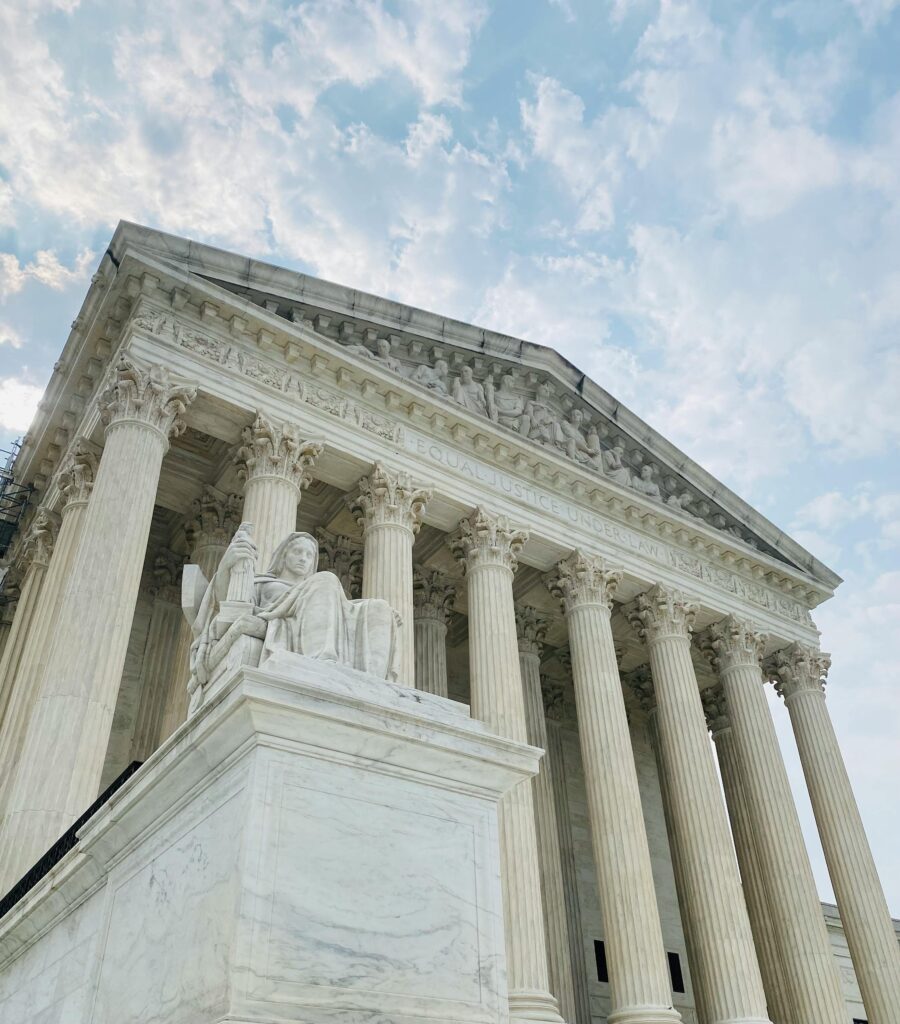The Supreme Court gears up for a pivotal case on the accessibility of the abortion pill, reigniting debates on reproductive rights and healthcare regulations. At the heart of the matter lies mifepristone, a medication used in combination with another drug to terminate early pregnancies. Despite FDA approval in 2000 and its recognized safety and efficacy, recent regulatory adjustments have stirred controversy.
In response to societal needs and advancements in medical understanding, the FDA has progressively eased restrictions on mifepristone. These changes include extending its use up to 10 weeks into pregnancy and permitting mail delivery without in-person consultations. However, legal challenges, primarily led by anti-abortion groups, question the legality of these modifications.

The pending Supreme Court ruling holds significant implications for abortion access nationwide. While the legal battle unfolds, statistics reveal a rising trend in medication abortions, particularly since the Supreme Court’s decision to return abortion regulation to the states in 2022.
A study published in JAMA indicates a notable increase in self-managed medication abortions post-Roe v. Wade reversal. Further analysis from the Guttmacher Institute underscores the prevalence of medication abortions, constituting 63% of all procedures within the formal healthcare system by 2023.
The legal dispute surrounding mifepristone traces back to a lawsuit filed in 2022 challenging the FDA’s authority and decision-making process. Federal courts have grappled with conflicting rulings, highlighting the complexity of balancing medical advancements with regulatory oversight.
In the ongoing legal proceedings, opposing arguments reflect broader ideological divisions. Advocates for broader access cite medical evidence supporting the safety and efficacy of mifepristone, emphasizing its role in enhancing reproductive autonomy and healthcare equity. Conversely, opponents raise concerns about potential health risks and ethical considerations, advocating for tighter regulatory control.
The Biden administration’s stance underscores the necessity of evidence-based policymaking, urging the court to uphold FDA decisions grounded in scientific research. However, conservative groups, supported by pharmaceutical companies and former FDA officials, emphasize the importance of respecting regulatory processes and maintaining consistency in drug approval standards.
Amid legal deliberations, it’s essential to contextualize the broader landscape of abortion care in the United States. Medication abortion, hailed as a significant advancement, offers a non-invasive alternative to surgical procedures. Its accessibility has expanded through telemedicine and mail delivery, addressing geographical and logistical barriers.
However, state-level restrictions pose significant challenges to medication abortion access, reflecting ongoing political battles over reproductive rights. Several states impose stringent regulations, including mandatory in-person consultations and prohibitions on telemedicine prescriptions.
The implications of the Supreme Court’s decision extend beyond legal precedent to societal implications. Upholding broader access to medication abortion affirms reproductive rights and advances public health goals. Conversely, restrictive rulings may undermine progress in healthcare access and exacerbate existing disparities.
As the legal battle unfolds, it’s crucial to prioritize evidence-based policymaking and uphold principles of healthcare equity and autonomy. Regardless of the court’s decision, the debate over abortion rights will continue to shape public discourse and policymaking for years to come.

























